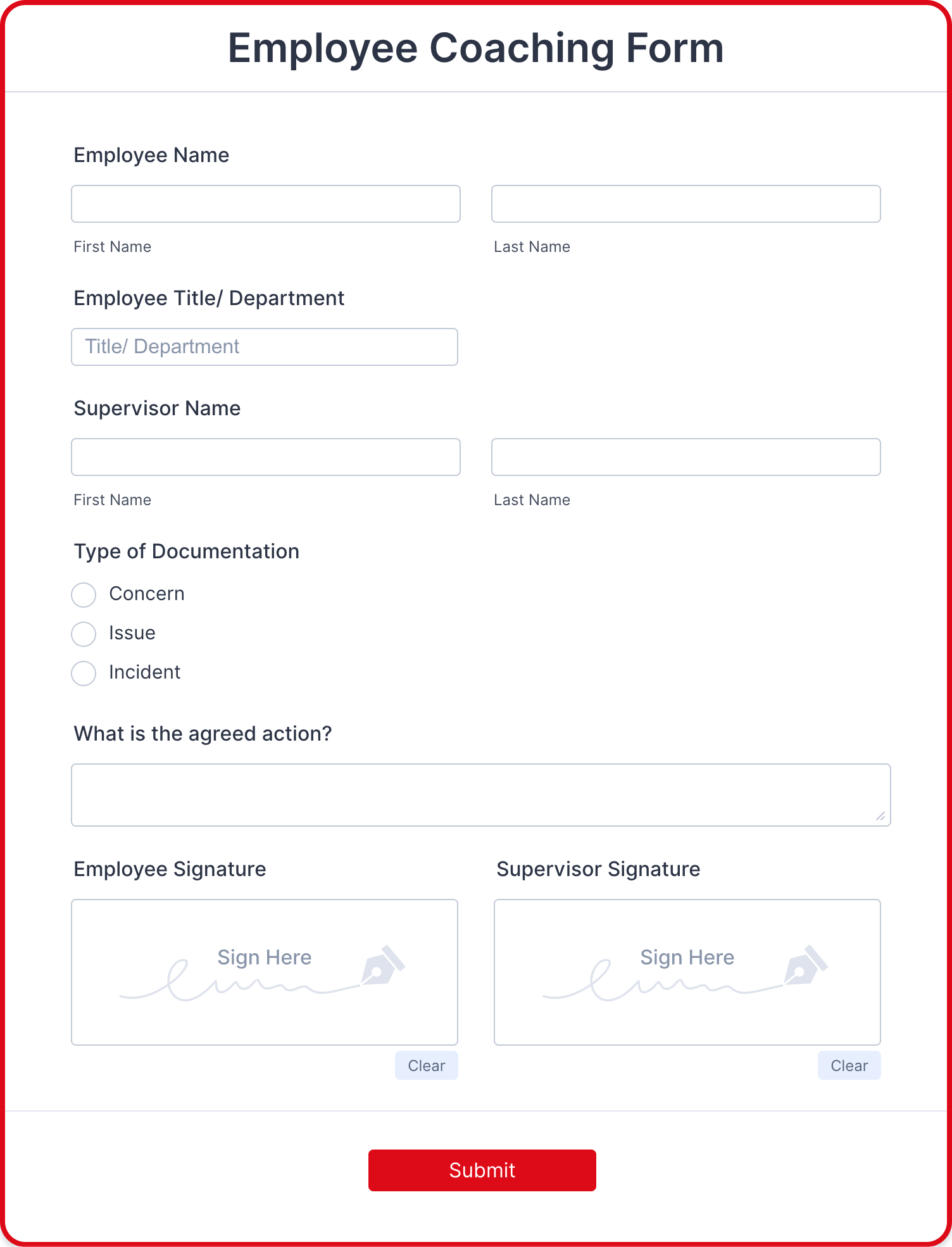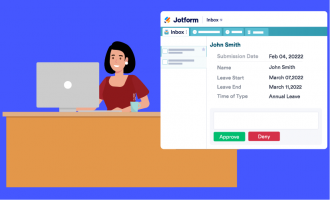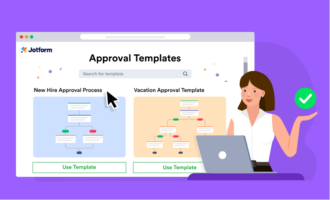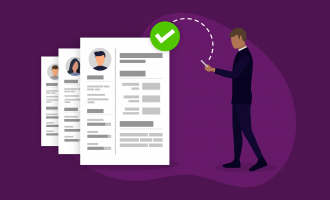Best practices for employee coaching
- Include all employees in coaching programs
- Take a collaborative approach to employee coaching
- Establish mutual trust
- Identify employee weaknesses
- Set clear goals that define success
- Create an action plan
- Give and receive regular feedback
- Reward big and small achievements
Do you want happier, more productive employees who are better engaged with the company and more invested in its success? Then it’s time to embrace employee coaching.
Mentoring employees helps them maximize their performance at work. This can lead to greater job satisfaction, better employer-employee relationships, and overall performance improvement for the company.
“Coaching offers employees strategic guidance on how to reach their full potential in order to achieve their career goals,” writes Sarah Gallo, associate editor at Training Industry, Inc. Those personal successes contribute to organizational success through higher retention rates and better job performance.
While it may seem simple enough to tell team leaders they have to start coaching their employees, effective employee coaching programs are more complicated than that. They are carefully thought-out processes that take the following best practices into consideration.
Include all employees in coaching programs
For a long time, employee coaching programs have focused on certain types of employees — usually upper management, executives, and/or those who need performance adjustments after failing to meet certain goals or expectations. But this is a short-sighted approach to employee coaching. Employees at every level of a company can benefit from a mentoring program.
Anyone can improve their skills, and an organization should give everyone the opportunity to do that through employee coaching. The focus of the coaching is unique to each person; it differs depending on the needs of the individual.
By providing mentoring opportunities to all employees, HR professionals demonstrate their commitment to employee success — and that will ultimately translate into company success.
Take a collaborative approach to employee coaching
Effective employee coaching isn’t about dictating to employees what they need to know and how they need to go about learning. It’s about collaboration between mentors and the employees they’re trying to motivate.

Coaching works best when both sides participate in the conversations and act as sounding boards for each other. In a collaborative relationship, a team leader could ask an employee for ideas on how to make improvements in time management or organization, opening a discussion rather than specifying how to achieve those ends. This allows employees to take some ownership over their professional development, and it helps hold them accountable for their successes and failures.
By taking a collaborative approach, you create a more fulfilling coaching experience that benefits everyone.
Establish mutual trust
Collaboration also works to establish mutual trust between coaches and employees. “The greater the rapport between you and your team member, the more trust the coachee will have in working with you,” writes leadership development advisor and executive coach Beth Armknecht Miller.
That trust is the foundation of a coaching relationship. It creates a more effective employee coaching environment because it encourages connection and collaboration.
Identify employee weaknesses
Every employee has weaknesses. This isn’t inherently bad. In fact, those flaws provide opportunities for growth. An effective employee coaching program encourages mentors and employees to identify those weaknesses and build coaching programs around them. In doing so, employees learn coping mechanisms to adapt to situations that test their weaknesses.
Set clear goals that define success
The only way to know if employee coaching programs are successful is to set goals. These goals should be both unique to each employee and common to the organization as a whole. They should help employees develop the skills they need to further their careers as well as advance the mission of the business.
Every goal needs to be meaningful and should be designed to have an impact. By connecting individual goals to organizational goals, you create a sense of purpose for employees, making them feel they’re contributing to a purpose that’s greater than themselves, writes Officevibe’s Nora St-Aubin.
Create an action plan
Once you’ve set clear goals, it’s time to develop an action plan for achieving those goals. That plan needs to specifically list what actions each party will take to improve employee performance and ensure everyone is meeting organizational goals.
Jotform can help team leaders create these action plans through its employee coaching form template. Human resources staff or team leaders can easily input information in the designated fields and have both the employee and manager e-sign the completed form. Once you’ve collected that data, it’s easy to retrieve and track so everyone can remain accountable for their responsibilities as part of the coaching process.
Give and receive regular feedback
Coaches and employees will constantly question whether they’re succeeding in their efforts to mentor and be mentored. Feedback, both positive and negative, is an essential element in employee coaching because it addresses those performance concerns. Both the mentor and the mentee need the freedom to provide honest performance feedback to each other for coaching to be successful.
Feedback needs to be constructive — not demoralizing. It should be a balance between praise and criticism so the receiver stays motivated. Feedback should also be specific and timely — delivered when the issue arises — to make the greatest impact.
Reward big and small achievements
It’s important to celebrate any progress, whether a big or small achievement. When an employee meets a goal or excels at something, human resources staff and mentors must recognize that achievement. The reward doesn’t need to be big or flashy. A thank-you note, a cup of coffee, or recognition during a meeting will make a big impact on employees who have been working hard to improve.
Sometimes all it takes is a little push or inspiration to motivate employees to maximize their potential. By adopting some of these best practices to create an employee coaching program, you’ll set up your employees and your company for long-term success.










































Send Comment: